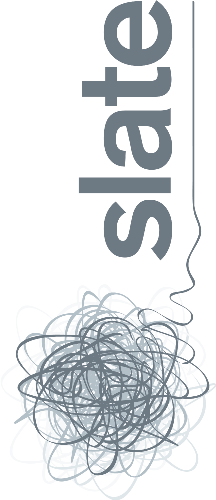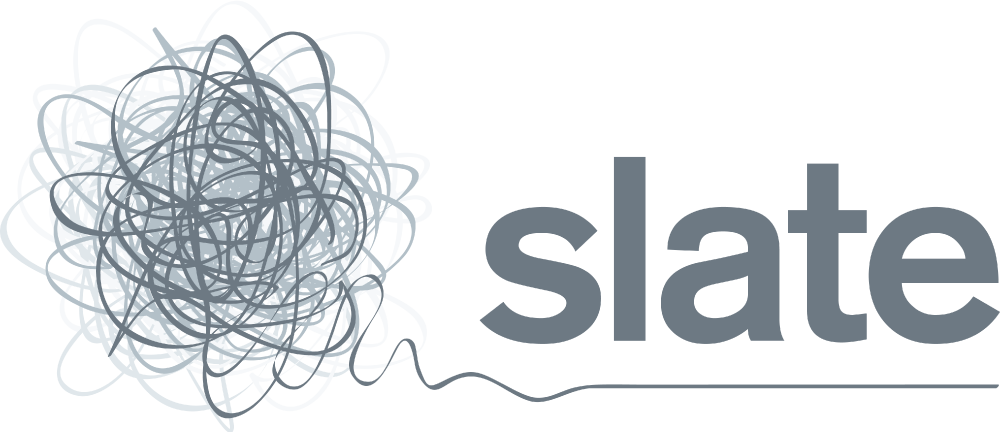Are you, or have you ever been, familiar with the art of mood boarding?
Whether you used to make mood boards at school, operate an active Pinterest account, or use mood boards to help influence all of your creative decisions within your business, mood barding can be a really great way to define the creative “look” you are looking to emanate. Not only that, but it can also ensure that everything you’re putting out there to your audience sits in the same general camp when it comes to mood and tone.
The imagery you put on your website is like a visual representation of your tone of voice – and it isn’t just limited to the pictures you choose to include within your copy.
The imagery you use on your website includes:
– Your logo and webpage headers
– Your background colour and patterning
– The way your website uses icons
It can even, in some instances, include the fonts you choose.
In short, not only should the imagery on your website make up an integral part of the design process, but it should be closely and consistently linked back to the kind of tone and mood you are looking to convey.
Let’s explore this in a little more detail.
Defining the right imagery for your brand
Choosing the right imagery for your website means asking yourself a couple of key questions:
1. What is the point of the visual? (Is the visual designed to support conversion, is it built into a review or testimonial, or is it simply there as a space-filler? Only two of these options are good reasons to use any kind of visual…)
2.Does this image add value to the webpage? (For example, could a single image do the same job as a 200-word visual description? If the answer is yes, it’s valuable!)
3. Can you inject visual value to your website without actual images and photos? (For example, can your branding be highlighted and replicated further through the background design?)
Once you’ve answered these questions and understood exactly what the purpose behind your website imagery is, you’re ready to start sourcing and taking the pictures you need. And this is where your mood board comes in handy.
How do you want your website imagery, particularly those photos and direct images, to look?
Consistency in your visual presentation is so important and can really mean the difference between a polished and effective website, and one which looks a little clumsy and amateur. Where possible, choose the same conditions and surroundings for all your images, make sure they focus in on the same colour palette, and take your time in selecting the pictures which really do your brand and your services justice! And if you’re not sure where to start when it comes to your mood board and ascertaining the ideal look for your website imagery, start with your business logo and branch out from there. You would be amazed at how many website designs are built almost entirely from one or two staple branding colours.
TOP TIP: One of our top tips from within the creative industry is to hire a photographer and get as many of the images you need for your website as possible done in one hit. Not only will a professional photographer do justice to the subject, but by getting a big chunk of your images done at the same time, you will benefit from similar conditions, similar light settings, and similar staging – not to mention saving time and money on future shoots.
A photographer can also help you to complete sets of team photos and bio photos for your website, delivering the kind of professional consistency that a business like yours deserves – and giving your target audience a face to match to your brand.
If you decide not to invest in a photographer or choose to kickstart your website sooner rather than later by using some stock images, consider these tips and pointers from the team at Slate:
– If you use photo and realistic figures, pick individuals who resemble your target audience or who your target audience might sympathise with or relate to.
– Pick images which evoke the kind of response you want to create in your audience.
– Make sure all your images are high quality with a high resolution across all devices.
– Less is more! Don’t go overboard.
Integrating that imagery into your website
In this blog on the importance of UX and UI in web design, we look more closely at the different factors involved in a high-quality user experience – including the importance of a consistent look and feel across all your online touchpoints, balanced with the need for speedy loading and fast downloads.
What this essentially means is that, once you know the kind of imagery you are looking for, make sure that the way those images are shared on your website is optimised for different devices. As part of our service package, we can work with your creative team to design and bring to life the perfect look which matches your brand, without impacting the usability of your website.
For more information, get in touch at info@helloslate.co.uk
Posted: January 2021
Author: Joe


